Compression Therapy
.jpg)
What is Compression Therapy?
Compression therapy is a highly effective, non-invasive treatment designed to improve blood circulation and reduce swelling in the legs. It involves wearing specially designed medical compression stockings or bandages that apply controlled pressure, promoting healthy venous function and preventing complications related to venous insufficiency. This therapy is a cornerstone in managing various vein conditions, and for those seeking compression therapy in Dubai, specialized medical professionals can provide guidance and support.
It is crucial for your doctor to rule out peripheral arterial disease (PAD) prior to commencing compression therapy for vein-related issues. At Dr. Soroush Sohrabi’s clinic, a comprehensive vascular assessment is performed to evaluate both arterial and venous conditions. This thorough evaluation ensures that patients receive the most appropriate and effective treatment, especially when considering leg compression therapy in Dubai.
How Compression Therapy Works
By applying graduated pressure, which is strongest at the ankle and gradually decreases up the leg, compression therapy helps:
-
Improve blood flow and assist veins in pushing blood back toward the heart, counteracting the effects of gravity and faulty venous valves, a common issue in chronic venous insufficiency.
-
Improve blood flow and assist veins in pushing blood back toward the heart, counteracting the effects of gravity and faulty venous valves, a common issue in chronic venous insufficiency.
-
Minimize blood pooling to alleviate discomfort, such as heaviness and aching, and prevent vein-related issues like varicose veins and skin changes.
Compression Therapy in Vein Treatment
Compression therapy is widely recommended for managing various venous conditions, playing a vital role in both treatment and prevention.
-
Varicose Veins & Spider Veins: Reduces discomfort, swelling, and heaviness associated with these conditions. A varicose vein specialist in Dubai often recommends compression therapy as a primary or adjunctive treatment.
-
Chronic Venous Insufficiency (CVI): Enhances circulation in patients with chronic venous insufficiency, helping to prevent the progression of the disease and reduce symptoms like leg pain, swelling, and skin changes.
-
Deep Vein Thrombosis (DVT) Prevention: Lowers the risk of blood clot formation, particularly in individuals with risk factors like prolonged immobility or a history of DVT. Leg compression therapy is often advised post-surgery or during long periods of inactivity.
-
Post-Treatment Recovery: Supports healing after vein procedures such as sclerotherapy, laser ablation, or surgery, helping to reduce swelling and bruising.
-
Leg Ulcers & Venous Wounds: Aids in faster wound healing by improving blood circulation to the affected area and reducing edema, a key factor in venous ulcer development.
Important Considerations and Precautions
Compression stockings are not suitable for patients with peripheral arterial disease (PAD) unless carefully assessed. They should only be worn with caution and under medical supervision after evaluating arterial flow and circulation, as they may further restrict blood supply to the legs, potentially leading to serious complications.
If you have been diagnosed with PAD, have a history of diabetes, or are a smoker, it is important to consult your doctor before using compression therapy.
Dr Soroush Sohrabi, an experienced vascular surgeon in Dubai, specialises in arterial disease and can assess your vascular health, diagnose peripheral arterial disease, and provide expert guidance on whether compression therapy for vein issues suits you.
Seeking advice from a varicose vein specialist in Dubai ensures a comprehensive understanding of your vascular health.
Compression Therapy: Conclusion
-
Types of Compression Garments: Compression therapy utilizes various types of garments, including knee-high stockings, thigh-high stockings, pantyhose, and compression bandages. The level of compression (measured in mmHg - millimeters of mercury) varies depending on the condition being treated and should be prescribed by a healthcare professional.
-
Proper Fitting is Key: For compression therapy to be effective and safe, the stockings or bandages must be properly fitted. Ill-fitting garments can either be ineffective or cause discomfort and skin irritation. Healthcare professionals can provide guidance on proper measurement and application.
-
Duration of Wear: The duration for which compression garments should be worn varies. It can range from wearing them during the day and removing them at night to continuous wear in certain situations. Your doctor will provide specific instructions based on your condition.
-
Skin Care: : Maintaining good skin hygiene while using compression therapy is important. Regularly inspect the skin for any signs of irritation, redness, or breakdown. Moisturizers may be recommended to prevent dryness.
-
Lifestyle Integration: Compression therapy often works best when combined with lifestyle modifications such as regular exercise, maintaining a healthy weight, and elevating the legs when resting.
Seek prompt help – Get in touch with Dr. Soroush Sohrabi.

